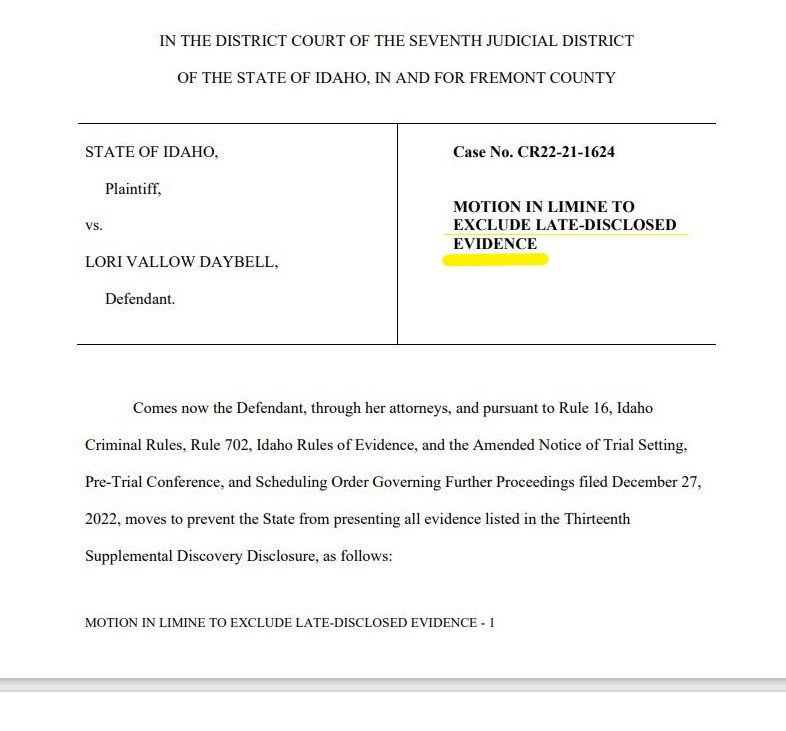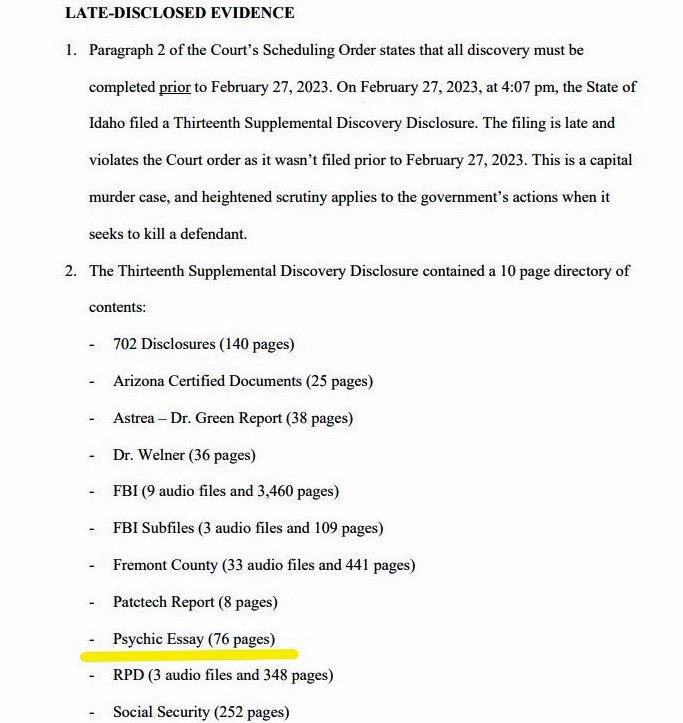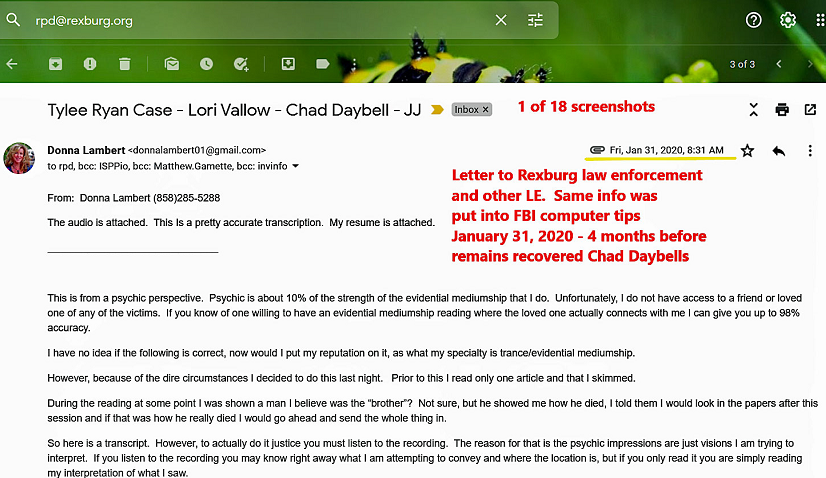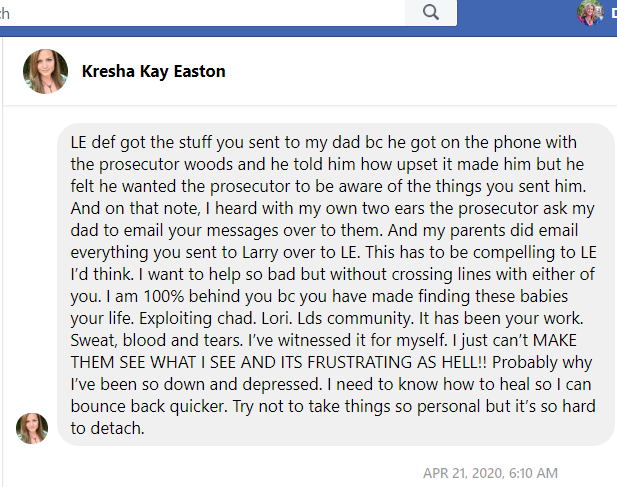Overview of the Chad Daybell Case and Conviction
The Chad Daybell case has gripped the public’s attention, due in large part to the chilling nature of the crimes and the subsequent conviction. Chad Daybell, a self-proclaimed author and preacher, was charged with the murders of his wife Tammy Daybell, Lori Vallow’s daughter Tylee Ryan, and her son JJ Vallow. The charges stemmed from a complex web of deceit, manipulation, and alleged apocalyptic beliefs that Daybell and Lori Vallow shared.
The case began unraveling in late 2019 when authorities discovered that Tylee Ryan and JJ Vallow were missing. This led to a nationwide search and intense media scrutiny. Chad Daybell and Lori Vallow’s behavior during this period raised suspicions, particularly their refusal to cooperate with investigators. The investigation took a grim turn when the remains of Tylee and JJ were found on Daybell’s property in June 2020.
Key evidence presented in court included digital records, text messages, and testimonies from friends and family members. One of the most damning pieces of evidence was the discovery of the children’s remains, which were buried in a manner that suggested premeditation. Additionally, Tammy Daybell’s death, initially ruled as natural, was later re-examined and deemed suspicious, further implicating Chad Daybell in the crimes.
The relationship between Chad Daybell and Lori Vallow played a crucial role in the unfolding of these events. Both were involved in a fringe religious group that espoused extreme beliefs about the end times. Their connection and shared ideology were central to the prosecution’s case, painting a picture of two individuals whose beliefs led to devastating consequences.
The timeline of events leading up to the conviction is complex, involving multiple jurisdictions and a series of legal battles. However, the culmination of these efforts resulted in Chad Daybell’s conviction, bringing a measure of justice to the victims’ families. The case remains a poignant reminder of how deeply-held beliefs can intersect with criminal actions, resulting in tragic outcomes.
The Chad Daybell trial has garnered significant media attention, yet the instrumental role of psychic medium Donna Seraphina Lambert remains largely unacknowledged. Donna’s involvement in the case began when she received spiritual communications from Tylee Ryan, one of the deceased children. Through these sessions, she was able to gather detailed information regarding the whereabouts and conditions of the children’s remains.
Donna’s revelations came at a time when law enforcement agencies, including the FBI, were publicly stating that they had no leads on the children’s location. Despite this, Donna felt compelled to share her findings. She meticulously recorded her sessions and subsequently emailed various authorities, hoping that her information would be taken seriously. In addition, she uploaded her recorded sessions online to ensure that her insights were documented and accessible.
Initially, Donna’s efforts were met with skepticism and her information was largely ignored. The authorities, bound by conventional investigative methods, found it difficult to integrate psychic insights into their processes. However, Donna’s persistence proved crucial. Her detailed descriptions eventually aligned with the actual locations where the remains were found, adding credibility to her claims.
While the official narrative of the Chad Daybell conviction focuses primarily on traditional investigative techniques, it is essential to acknowledge the unconventional yet significant contributions made by Donna Seraphina Lambert. Her role exemplifies how diverse methods can converge to solve complex cases, even when initial responses are dismissive. The psychic’s involvement may not fit neatly into the standardized protocols of law enforcement, but her relentless pursuit of the truth played an undeniable part in the eventual discovery of the remains.
Law Enforcement’s Response and the Search of Chad Daybell’s Property
Upon receiving Donna Seraphina Lambert’s detailed email, law enforcement faced a conundrum. The reliance on psychic insights in criminal investigations presents legal and ethical challenges. In this case, while Donna’s revelations were compelling, law enforcement agencies are bound by stringent protocols that require physical evidence to justify their actions. Psychic visions, despite their potential accuracy, cannot serve as a sole basis for obtaining search warrants or initiating legal procedures.
The initial response from law enforcement was, therefore, cautious. Donna’s email provided vivid descriptions of the locations and conditions where the children’s remains could be found. However, the absence of tangible evidence meant that officers had to tread carefully to avoid compromising the investigation or infringing on legal boundaries. The authorities needed to corroborate the psychic insights with verifiable information to build a strong case.
In the period leading up to June 09, 2020, law enforcement continued their investigative efforts, focusing on gathering sufficient evidence to warrant a search of Chad Daybell’s property. The breakthrough came when they obtained critical information that aligned with Donna’s descriptions. This convergence of psychic insights and empirical evidence ultimately led to the issuance of a search warrant.
On June 09, 2020, law enforcement executed the search warrant at Chad Daybell’s property. The search culminated in the heartbreaking discovery of the remains of JJ Vallow and Tylee Ryan, buried exactly as Donna had described in her email. This pivotal moment not only validated Donna’s psychic revelations but also marked a significant turn in the Chad Daybell trial. The physical evidence unearthed during this search formed the cornerstone of the prosecution’s case, leading to Chad Daybell’s eventual conviction.
While the legal system could not act solely on psychic information, the alignment between Donna’s insights and the physical evidence underscored the potential value of unconventional contributions in criminal investigations. The case of Chad Daybell and the role of psychic medium Donna Seraphina Lambert remains a poignant example of how diverse sources of information can intersect in the pursuit of justice.
The Unspoken Agreements and Cover-Ups in the Case
The Chad Daybell trial has brought to light numerous complexities, including alleged cover-ups and unspoken agreements that have marred the investigation. Despite the immense contributions made by psychic medium Donna Seraphina Lambert, her role remains largely unacknowledged. This lack of recognition raises questions about the motives that drive such oversight and the broader implications for the justice system.
One potential reason for the suppression of Donna’s contributions could be the involvement of Chad Daybell’s relatives in the investigation. Their close ties may have led to conflicts of interest, influencing the decision-making process and the dissemination of information. The reluctance to credit a psychic medium, often seen as outside the bounds of traditional investigation methods, could also stem from a desire to maintain a certain level of credibility and authority within the legal framework.
Moreover, the investigation’s integrity is called into question when crucial information, irrespective of its source, is deliberately ignored or downplayed. In a case as high-profile as the Chad Daybell trial, the need for transparency and impartiality becomes even more critical. The exclusion of Donna Seraphina Lambert’s insights not only undermines the efforts of those seeking justice but also sets a concerning precedent for future cases where unconventional methods may prove invaluable.






The implications of such cover-ups extend beyond this single case. They highlight a systemic issue within the justice system where biases and preconceived notions can impede the pursuit of truth. Recognizing and integrating all sources of information, including those from psychic mediums like Donna Seraphina Lambert, can enrich investigations and lead to more comprehensive and accurate outcomes.
In light of these considerations, it becomes imperative to reassess the mechanisms that govern the acknowledgment and utilization of diverse investigative contributions. Only through such reassessment can the justice system hope to uphold its commitment to fairness and integrity, ensuring that every voice is heard and every avenue explored.
